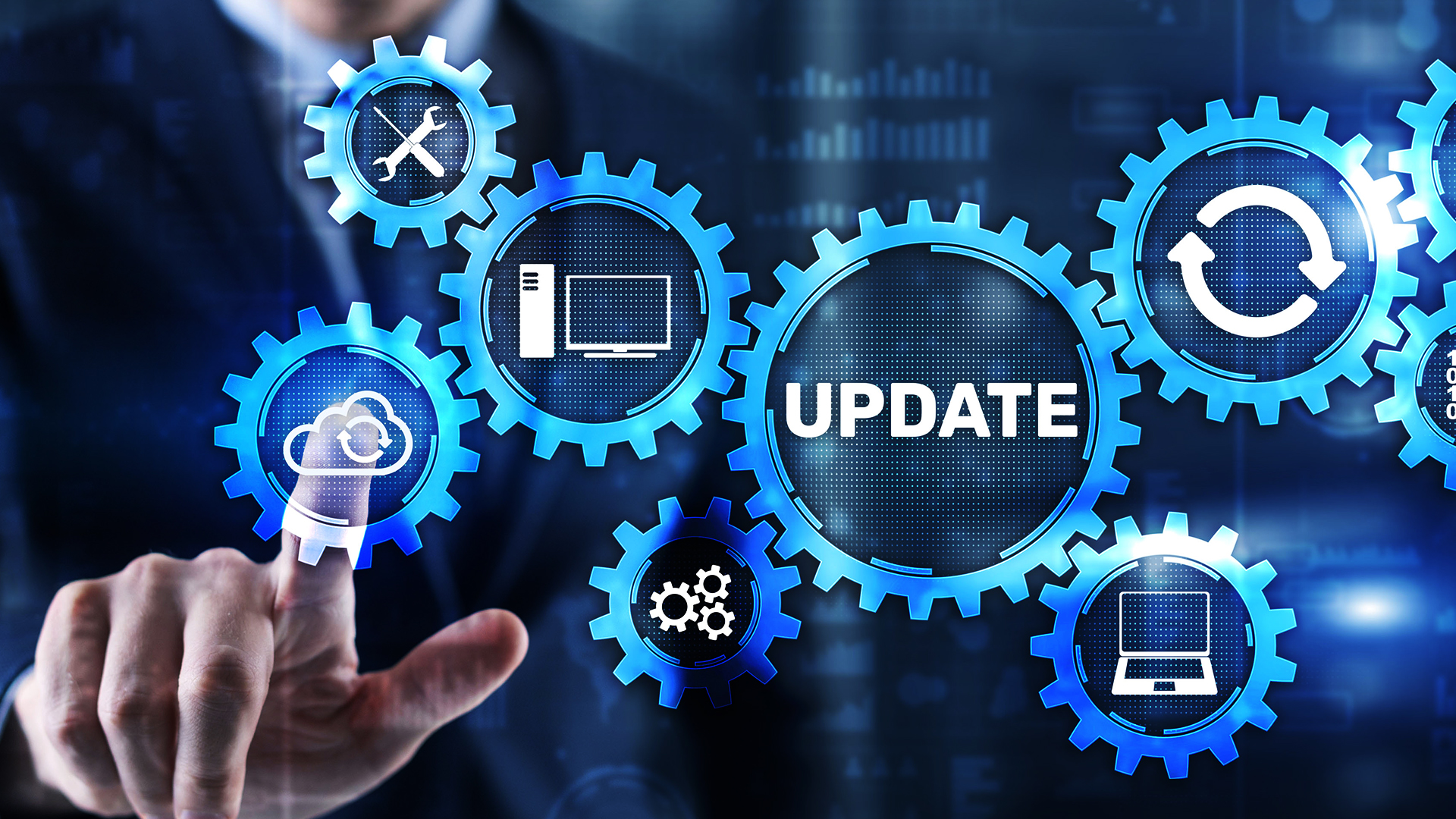As we move deeper into 2024, now is the ideal time to review and optimize your IT budget. A well-planned budget not only ensures your IT infrastructure operates smoothly but also positions your business to adapt to emerging technologies and stay competitive. By carefully assessing your current needs and anticipating future demands, you can create a budget that supports your business goals throughout the remainder of the year and beyond. We assist our clients in navigating the complexities of IT budgeting, ensuring that resources are allocated effectively and strategically. We’ve already begun working with our clients to optimize their 2024 budgets, and we’re ready to help you develop a plan that meets your unique needs. Reviewing Current IT Spending The first step in optimizing your IT budget is to review your current spending. Understanding where your money is going allows you to identify areas where you might be overspending or where additional investment is needed. Key Areas to Analyze – Software and Licensing: Ensure you’re not paying for software licenses you no longer need or that are underutilized. Consider whether there are opportunities to consolidate or renegotiate contracts. – Hardware Costs: Evaluate the condition and performance of your current hardware. Determine whether any equipment needs replacing or upgrading to meet your operational demands. – Maintenance and Support: Review your maintenance contracts and support agreements. Are you getting the value you need, or is it time to consider more cost-effective options? Identifying Future IT Needs Once you have a clear picture of your current spending, the next step is to identify your future IT needs. This involves anticipating changes in your business that might require additional resources or new technologies. Future-Proofing Your Business – Growth Projections: If your business is growing, consider how this will impact your IT needs. Will you require more storage, faster networks, or additional security measures? – Technology Upgrades: Stay informed about emerging technologies that could benefit your business. Whether it’s cloud computing, AI, or advanced cybersecurity tools, plan for potential investments in new technology. – Compliance Requirements: Consider any upcoming regulatory changes that might affect your IT infrastructure. Ensuring compliance can prevent costly penalties and keep your business running smoothly. Allocating Resources Strategically With a clear understanding of your current spending and future needs, you can now allocate your IT budget strategically. The goal is to invest in areas that will deliver the greatest return while also ensuring that essential services are adequately funded. Prioritizing Your IT Investments – Critical Infrastructure: Prioritize spending on critical infrastructure that directly impacts your business operations, such as servers, networks, and security systems. – Innovation and Growth: Allocate a portion of your budget to innovation. Investing in new technologies can give your business a competitive edge and improve efficiency. – Risk Management: Ensure you have a contingency fund within your budget for unexpected expenses, such as emergency repairs or sudden increases in demand. Monitoring and Adjusting Your Budget An effective IT budget isn’t set in stone. It requires regular monitoring and adjustments to ensure it continues to meet your business needs throughout the year. Staying Agile with Your Budget – Regular Reviews: Schedule regular budget reviews to assess your spending and make adjustments […]
As we approach the final quarter of the year, businesses across all industries often face a surge in activity. Whether it’s closing deals, processing data, or ramping up production, the demands on your IT infrastructure can escalate quickly. Ensuring that your systems are robust enough to handle these pressures is crucial to maintaining smooth operations and avoiding costly downtime. In this blog, we’ll examine the key steps you can take to prepare your IT infrastructure for these increased demands. We understand that the demands on your IT systems can be overwhelming, especially as the year draws to a close. That’s why we proactively manage and optimize our clients’ IT environments year-round, ensuring they’re always ready to handle whatever comes their way. If you’re unsure about the state of your IT infrastructure or simply want expert advice, we’re here to help. Assessing Current System Performance The foundation of a resilient IT infrastructure lies in understanding its current state. A thorough assessment of your systems allows you to identify potential weaknesses and areas that need improvement before they become critical issues during peak periods. Key Areas to Evaluate – Server Load and Capacity: Servers are the backbone of your IT infrastructure, handling everything from hosting websites to running critical applications. It’s important to regularly review server load and capacity to ensure they can handle increased traffic and workloads without slowing down or crashing. This might involve analyzing current usage patterns and predicting future demands to determine if additional resources are necessary. – Network Performance: A reliable and fast network is essential for smooth business operations. Network performance should be assessed for any bottlenecks, latency issues, or connectivity problems that could disrupt operations during high-demand periods. Tools that monitor network traffic in real-time can help identify and resolve issues before they affect users. – Data Storage: As businesses grow, so does the volume of data they need to store and manage. Ensuring that your data storage solutions are both sufficient in capacity and optimized for quick access and retrieval is key to maintaining efficiency. This might involve upgrading to faster storage drives, implementing data compression techniques, or expanding your cloud storage capabilities. Regularly evaluating these areas not only helps prevent unexpected issues but also positions your business to capitalize on opportunities that arise during the busiest times of the year. Proactive System Upgrades and Maintenance Once you’ve identified areas of concern, the next logical step is to address them through proactive system upgrades and maintenance. Waiting until a problem arises is risky and can lead to significant disruptions. Proactive measures ensure your IT infrastructure remains robust and capable of supporting your business needs. Common Upgrades to Consider – Hardware Enhancements: Over time, hardware components can become outdated or insufficient to meet growing demands. Upgrading server processors, adding more RAM, or investing in faster storage drives can significantly boost system performance. These enhancements ensure that your systems can handle increased workloads without compromising speed or efficiency. – Software Updates: Keeping your software up-to-date is critical for both performance and security. Outdated software can introduce vulnerabilities and slow down your operations. Regularly updating operating systems, applications, and security programs ensures that your IT environment remains secure and efficient. It’s also worth considering […]


